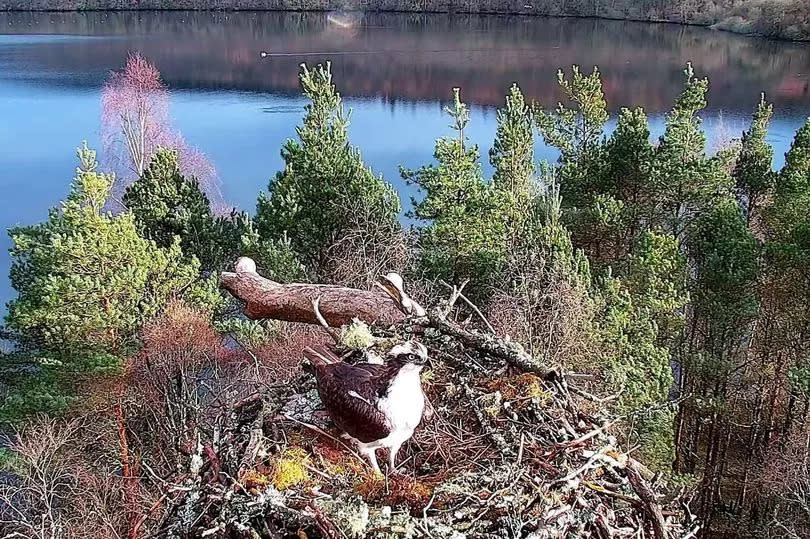Perthshire osprey remains are feared to be Loch of the Lowes' male LM12

The remains of a Perthshire osprey, thought to male LM12 nesting by Loch of the Lowes, was discovered on Friday, May 3.
A police investigation to establish the circumstances is under way.
The Scottish Wildlife Trust, which runs the Loch of the Lowes nature reserve, said on social media: “It is with a very heavy heart that we announce that a dead osprey was found near Dunkeld yesterday (Friday May 3), believed to be LM12.
“This evening, Police Scotland has issued a statement appealing for any information that the local community might have that could help establish the circumstances of death.
“The team are devastated at this news and we know that many of you will also be.
“Given the ongoing police investigation, we are not able to provide any further information at this time but will share any updates as they become available.”
Inspector James Longden said: “It is illegal to kill any protected species and we are working closely alongside partner agencies to confirm what has happened here and whether there is any criminality involved.
“Information from the local community could prove vital and it is important we speak to anyone who saw anything suspicious in the area, or who may know something which could assist our investigation.
“Any information can be passed to Police Scotland on 101 quoting incident number 3266 of Friday, May 3. You can also contact Crimestoppers anonymously on 0800 555 111.”
By the end of April three eggs had been laid by the female osprey at the Scottish Wildlife Trust’s site between Dunkeld and Blairgowrie.
The osprey, NC0, and her male companion, LM12, had reunited at their lochside nest at the end of March. Mates for last four years, they have fledged seven chicks during that time.
Yesterday morning (Monday) a lone osprey could be seen incubating the three eggs on the nest on SWT’s live osprey webcam.
Ospreys were extinct in Britain for much of the 20th century.
They began to recover in the 1960s and an estimated 300 pairs of ospreys now breed in the UK each summer. Most of these birds migrate to West Africa but some winter in Spain and Portugal.
The recovery of ospreys is due to the efforts of conservation charities, including the Scottish Wildlife Trust.
More information on wildlife crime can be found on the website: https://www.scotland.police.uk/advice-and-information/wildlife-crime/

 Yahoo News
Yahoo News 
